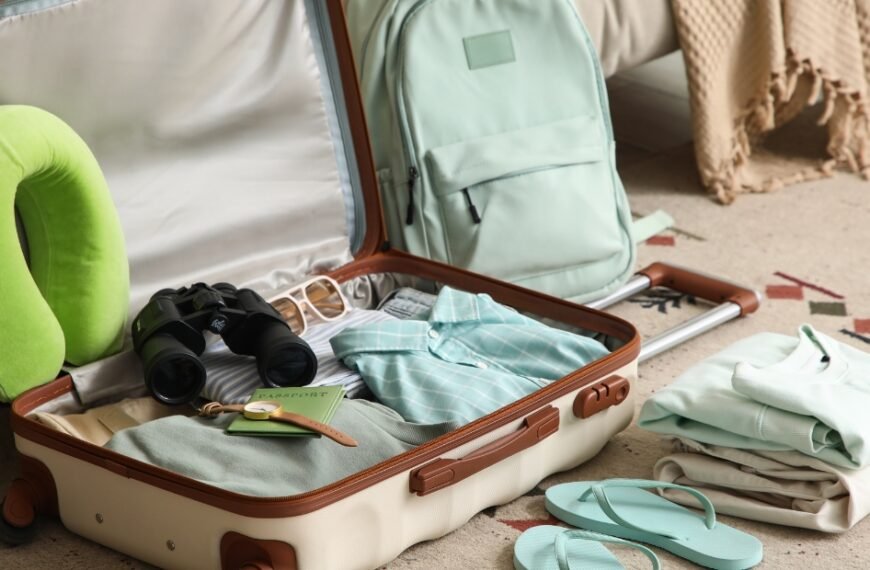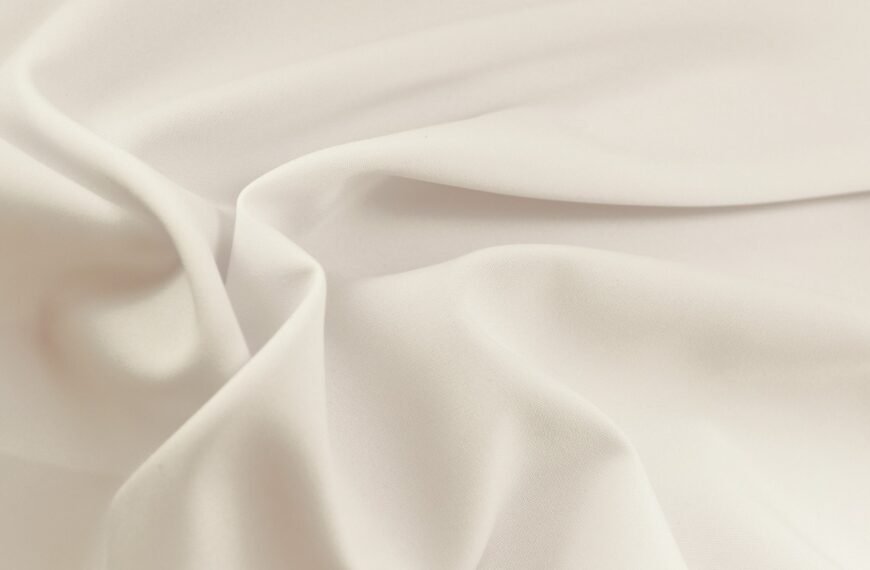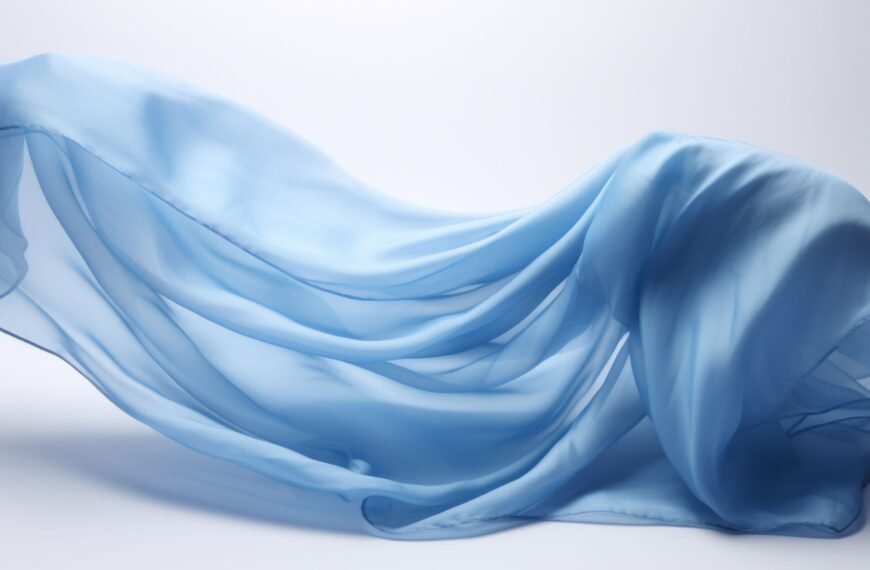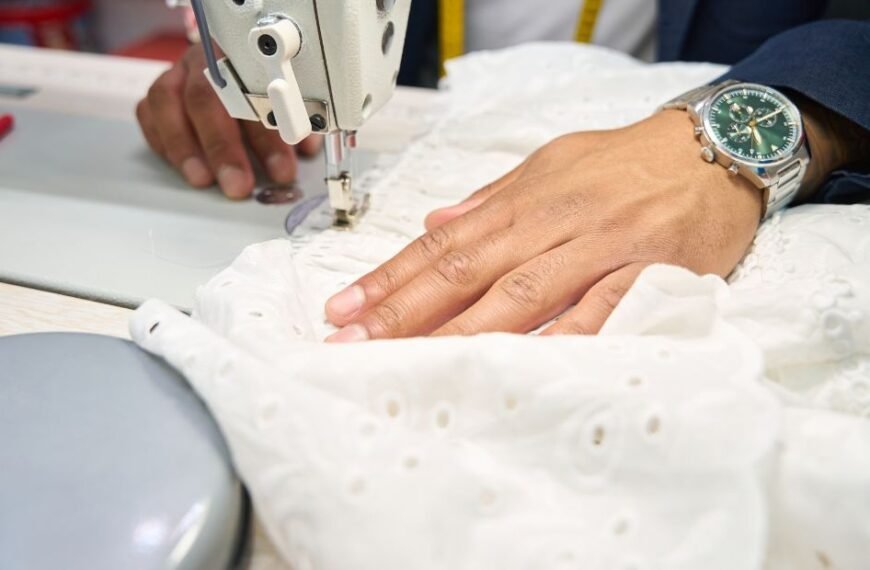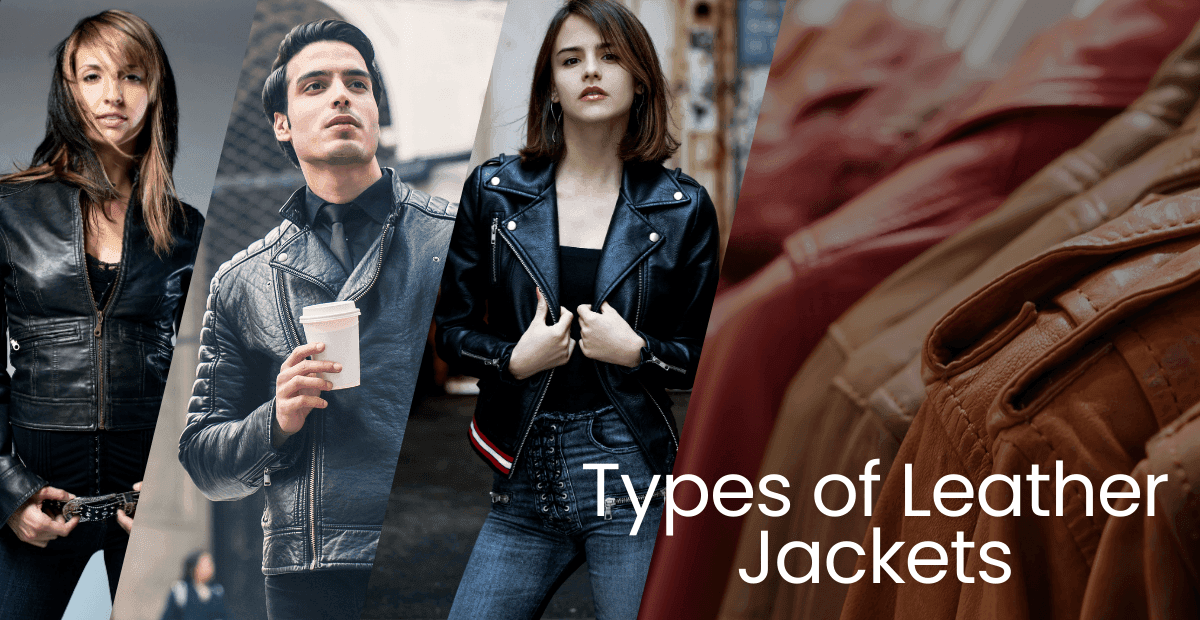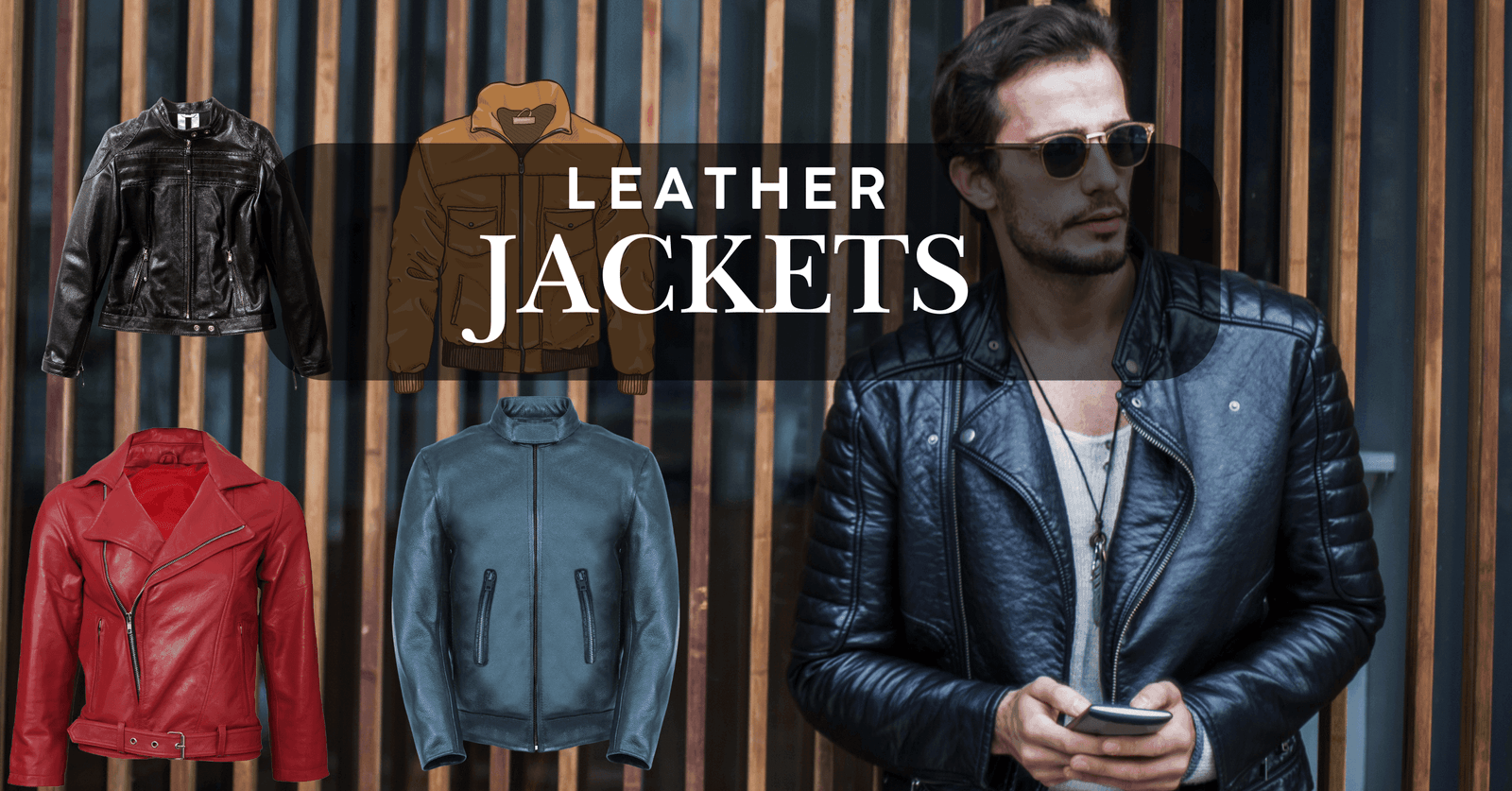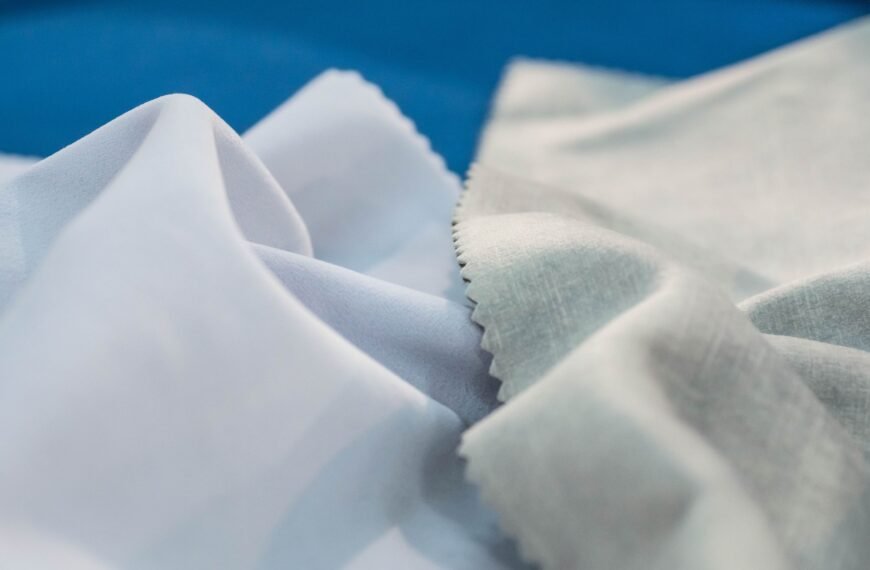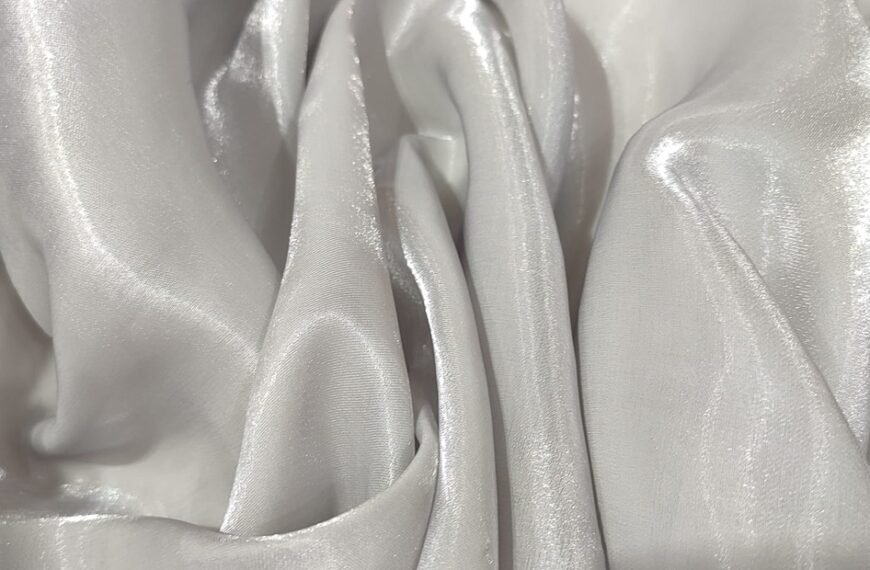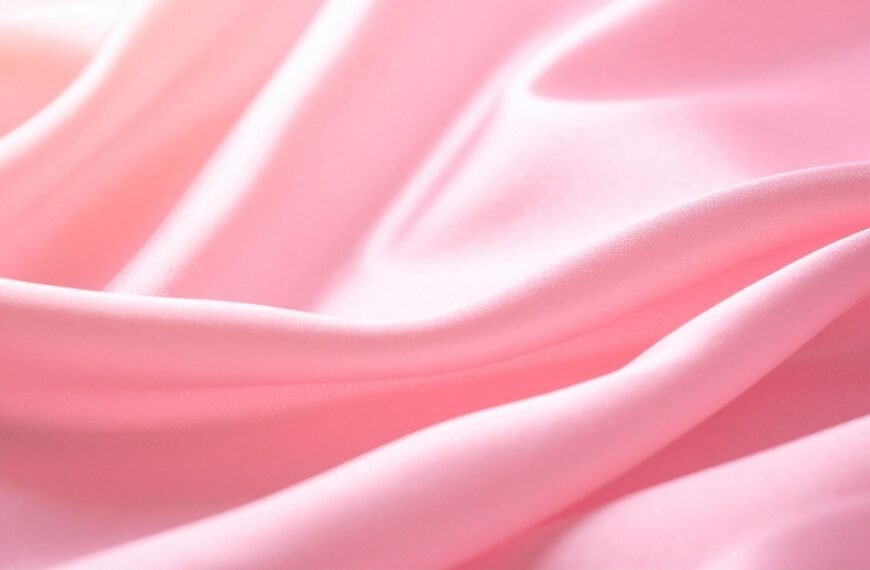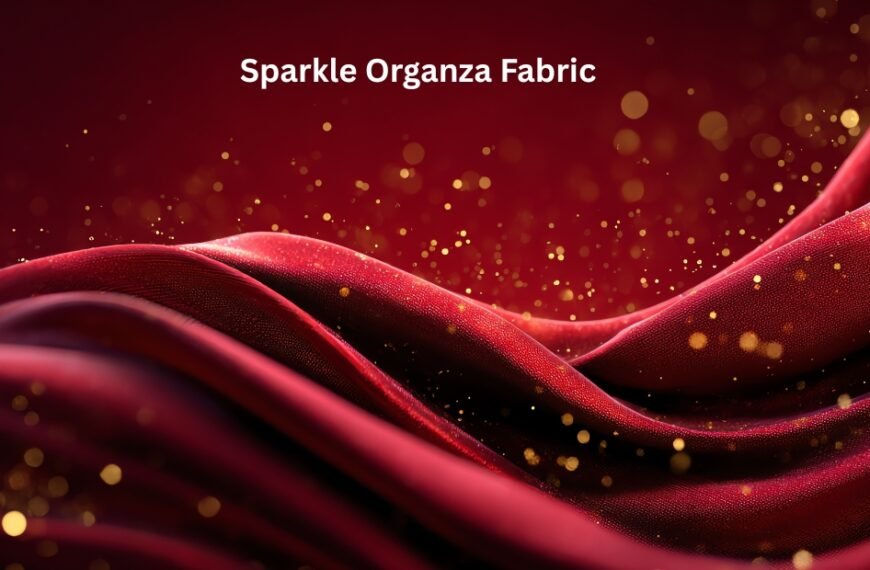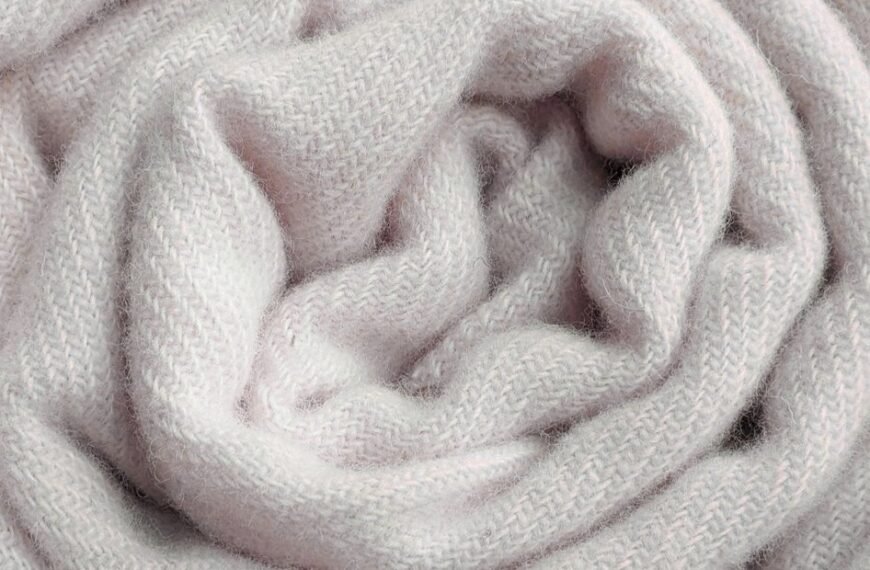Introduction-
Over the past few years, there has been an increase in the number of people who pose the question, is rayon toxic? This is an issue that is increasing due to increased awareness of fabric safety and sustainability. Customers will no longer be contented with only softness or cost, but want to know what their skin feels like every day.
Rayon is usually sold as natural and environmental friendly because it is plant-derived. However, the chemical-heavy process is doubtful with regard to its safety. Thus, is rayon safe to wear or is there something wrong with the marketing statements?
What is Rayon?
Definition: A Semi-Synthetic Fiber
Rayon is a semi-synthetic fabric that is produced by re-generation of plant cellulose. Simply put, it is wood or plant pulp that has been spinned into threads. It is not entirely synthetic such as polyester, and it is not entirely natural such as cotton. Cellulose (plant fiber) shares its very basic molecular structure with rayon. This is to say that the fabric itself is also soft and acts as natural fiber. Nonetheless, rayon is semi-synthetic, as it is created only by means of a synthetic chemical reaction.
Different Types of Rayon
Varieties: There are various varieties of Rayon. The original form (usually simply referred to as rayon) is viscose rayon. It was developed more than 100 years ago as a replica of silk. Modal resembles viscose and it is normally produced using beech trees. It is shrink-resistant. The newer type is called Lyocell ( brand name being Tencel ), and is produced using the cleaner process of eucalyptus or bamboo. They are all cellulose fibers, but vary in their mode of manufacture (see below).
Rayon’s Popularity in Fashion
Fashion: Rayon ranks on the third position as a textile fiber used across the globe. It is capable of copying such materials as silk, cotton or wool cheaper. Its flexibility and plushness has seen it widespread in summer dresses, athletics, and home linen. It is easy to dye and makes a nice drape as well. But the more people are informed on how it is produced the more they doubt the safety and sustainability of it.
How is Rayon Made? (The Chemical Process)
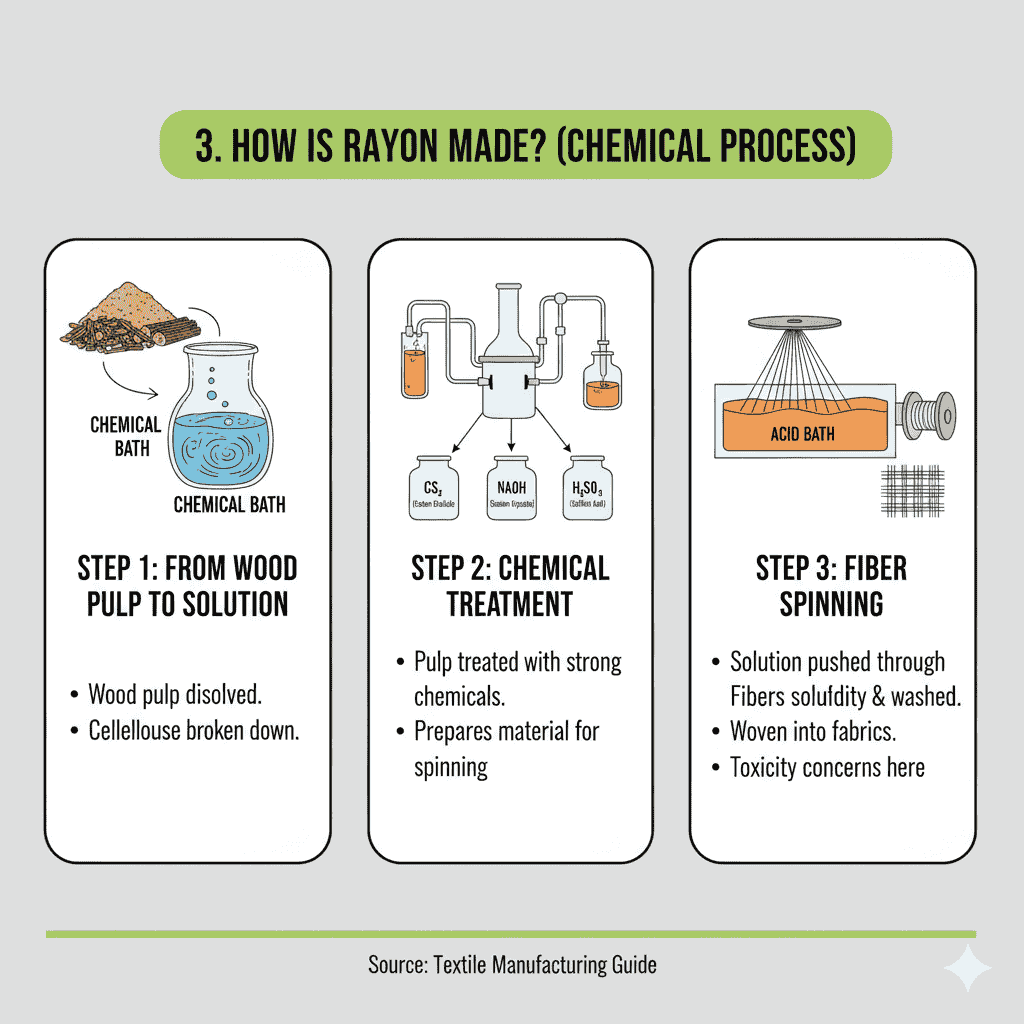
From Wood Pulp to Fiber
The process of making rayon begins with wood or plant pulp (usually of eucalyptus, pine or bamboo). Pulp is originally cooked in strong sodium hydroxide (NaOH) by manufacturers to make it alkali cellulose. They select out the surplus chemicals and leave the pulp to age. Carbon disulfide (CS 2) is then added to produce cellulose xanthate -a viscous, orange solution.
This viscose solution is pressed on a spinneret (as a shower head), to form thin filaments. The wet filaments are then finally dropped into a sulfuric acid bath. The acid recrystallizes solid cellulose fibers and the xanthate is washed off. The final product is long and continuous rayon strands that are ready to be turned into yarn and be woven or knitted.
Key Chemicals Used
Actually the uses of chemical in its manufacturing defines “Is rayon toxic?”
- Carbon Disulfide (CS 2): This is a volatile toxic solvent that is necessary in the production of viscose rayon. It breaks down the alkali-cellulose into viscose. Exposure to CS2 is harmful: exposure to CS2 has been labeled the worst chemical, which is used in rayon production, causing dizziness, headache, heart conditions, and nerve damage in individuals.
- Sodium Hydroxide (NaOH): This is a caustic alkali that is used at the beginning to bloat and disintegrate the pulp. It is also very corrosive: when in touch with the skin or eye it burns severely. NaOH should be handled by workers with precautions because it can burn and irritate them in case of safety failure.
- Sulfuric Acid (H 2 SO 4): This is the strong acid bath whereby the rayon filaments harden. Sulfuric acid is very toxic to the skin, eyes and lungs. Sulfuric acid is diluted by manufacturers to re-form cellulose; it is highly important to have good safety as should be avoided at all costs, or it may prove fatal.
Toxicity of the Process
On the whole, these are chemicals that are significant risks in their manufacturing. Carbon disulfide is particularly poisonous. It is referred as the worst ingredient, and a summary by CDC reports that workers can experience neurological and heart effects due to chronic exposure to CS 2. In a nutshell, all stages of production of rayon involve the use of harsh reagents. It is not the final fiber that is a problem to workers and neighbors but the process.
Is Rayon Toxic to Humans?
During Production (Worker Exposure)
The health of factory workers on rayon mills is really threatened. Breathing in carbon disulfide may harm the nervous and cardiovascular system. The Guardian and science articles associate CS 2 with increased cases of heart disease, birth defects and neural problems among workers who have dealt with it. Hot, concentrated NaOH and H 2 SO 4 are also used by workers, and they cause chemical burns or eye damage on exposure. Summing up, the production of rayon requires toxic chemicals, which may harm individuals when they are not properly managed. Fortunately, nowadays most factories have safety measures, however, accidents do occur in certain areas.
During Use (Clothing & Bedding)
Now to the consumer in rayon clothes the image is quite different. Rayon fiber is nothing more than cellulose, or the same substance as cotton or wood pulp. Individually, it has not been known to cause any toxicity to skin. Rarely do fabrics cause allergies; typically, it is the chemicals added that cause the allergy and not the fiber. Dermatology sources indicate that majority of fabric dermatitis is as a result of dyes, formaldehyde resins or finishes that are used in its processing. That is, the rayon fabric is not essentially poisonous.
Washing & Wearing
Any chemical waste that is left on rayon clothing is most often removable by washing. Washing of all clothes in cold water is encouraged including rayon. It eliminates the vast majority of surface finishes or sizing agents, so there will be nothing that is off-gassing your clothes when you clean them. An official OEKO-TEX -textile, such as one, will ensure that rayon products have traces of negligible formaldehyde or heavy metals. When worn in the usual day-to-day aspect, the rayon fabrics do not emit toxic chemicals to your skin or the environment. Unless washed tenderly, they will wrinkle or shrink, but that is only a longevity problem, not toxicity.
Is Rayon Toxic to the Environment?
Chemical Waste
There is a lot of chemical waste generated during the production of rayon. Historically Mills released carbon disulfide, sodium hydroxide and sulfuric acid remnants into waterways in form of effluent. Viscose factories have been caught pollution rivers by Changing Markets and researchers with acid and metals. As a result of lax regulations in most countries, there is leakage of toxic byproducts (CS₂, zinc, acetates) into the soil and water. Overall, the manufacturing process of rayon pollutes: it discharges water contaminated with chemicals into the ecosystem, and emits volatile organic compounds to the atmosphere. This pollution will be capable of killing fish, destruction of local crops as well as damaging community health.
Water and Air Pollution Concerns
The effluent of viscose is a severe issue. Rayon mills in China and Indonesia were discovered dumping raw waste causing untold environmental harm, including polluted rivers and poisoned lakes in their vicinity. As an illustration, the creation of viscose has been attributed to pollution of the largest fresh water lake in China, which has been devastating aquatic life. In the meantime, volatile organic compounds such as CS 2 are released and add to air pollution surrounding factories. Conversely, greenhouse gases and microplastics are mainly emitted upon manufacturing polyester, whereas pesticides are mostly emitted when cotton is grown.
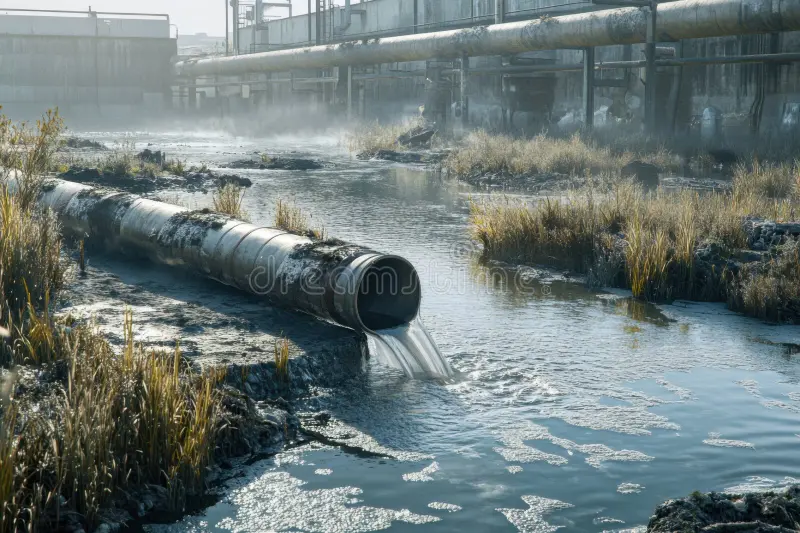
Comparison: Rayon vs. Polyester vs. Cotton
- Rayon (viscose): This is created out of wood pulp, consuming a lot of water and energy using toxic chemicals. The fiber is biodegradable, and pulp acquisition has resulted in deforestation. It produces acids and CS 2 into the ecosystems.
- Polyester: It is a 100 percent petroleum derived synthetic polymer. It is not biodegradable and it releases fibers of microplastics each time you are washing it. Polyester is also a fabrication that releases greenhouse gases and also uses oil, though it does not have the toxic solvent issue of rayon.
- Cotton (traditional): It is a natural fabric that, however, is incredibly resource-consuming. It consumes enormous quantities of water (thousand of liters of water per garment) and pesticides. Traditional cotton farms pollute water and destroy soil.
Different Types of Rayon: Which Are Safer?
Viscose Rayon
This is the regular rayon that is produced using CS 2 and acid. It is an open one in which solvents are not necessarily fully recovered. Viscose manufacturing is normally the most toxic to both workers and the environment. Zinc and sulfites can be used as well. That is, viscose rayon has the highest chemical hazard of the usual rayons. Due to this, the least sustainable viscose is that of uncertified sources, and it causes the most health concerns to the factory communities.
Modal
Modal incorporates the same fundamental chemistry as that of viscose (with carbon disulfide and caustic soda) but begins with beech wood fiber. More controlled processes are used by some branded modal (such as Lenzing Modal). On balance, it is possible to say that modal is a bit cleaner, however, its environmental impact is equal to that of viscose unless it is certified specifically. Indeed, EarthDay.org remark that the typical modal production continues to emit CS2 and zinc. The good news is that beech trees are quick growing hardwood, thus plantation modal can exploit renewable forests. But numerous modal mills also emit polluted wastes. in this way modal may be a little better, but not much.
Lyocell (Tencel)
Lyocell is the most safe rayon. It involves an organic solvent (N-methylmorpholine N-oxide, NMMO) rather than CS 2. It is a closed-loop process: more than 99 percent of the solvent is recycled and toxic emissions are almost nonexistent. No zinc or too much caustic soda is required. This practically translates into the fact that lyocell mills produce significantly less pollutants to the air and water. Lyocell is among the most environmentally friendly fabrics produced, so companies such as Lenzing (Tencel™) use certified pulp as well. It is sturdy, breathable and as it can be washed like cotton. All these reasons make lyocell and Tencel be highly advisable as alternatives to the traditional rayon which is green.
| Rayon Type | Toxicity (Production) | Environmental Footprint |
|---|---|---|
| Viscose Rayon | Uses CS₂, NaOH, H₂SO₄ in open vats; known for high toxic emissions | Water- and energy-intensive; often causes deforestation and pollution when waste is untreated |
| Modal Rayon | Similar process (CS₂ + additives); somewhat less harsh chemicals than viscose, but still not closed-loop | Wood (beech) is renewable, but plantation impact exists; environmental gains depend on mill controls |
| Lyocell (Tencel) | Uses non-toxic NMMO solvent in a closed-loop recovery process (≈99% solvent recycled) | Considered very eco-friendly: minimal waste, low water use (1/3 that of viscose) |
Does Rayon Have Health Risks for Consumers?
Skin Sensitivity & Allergies
Others will respond to rayon when there are traces left in the garment. This is not common yet it may result in mild rashes or irritation.
Breathability & Comfort
Rayon is breathable and absorbs moisture and is therefore comfortable to be worn on the daily basis. These features can be used to avoid overheating and pain.
Myths vs Facts
The typical myth as such is that rayon is toxic to wear. Actually, rayon clothing is not harmful most of the times. The actual danger is unsafe factory production and not the daily use.
Rayon in Bedding & Clothing: Should You Worry?
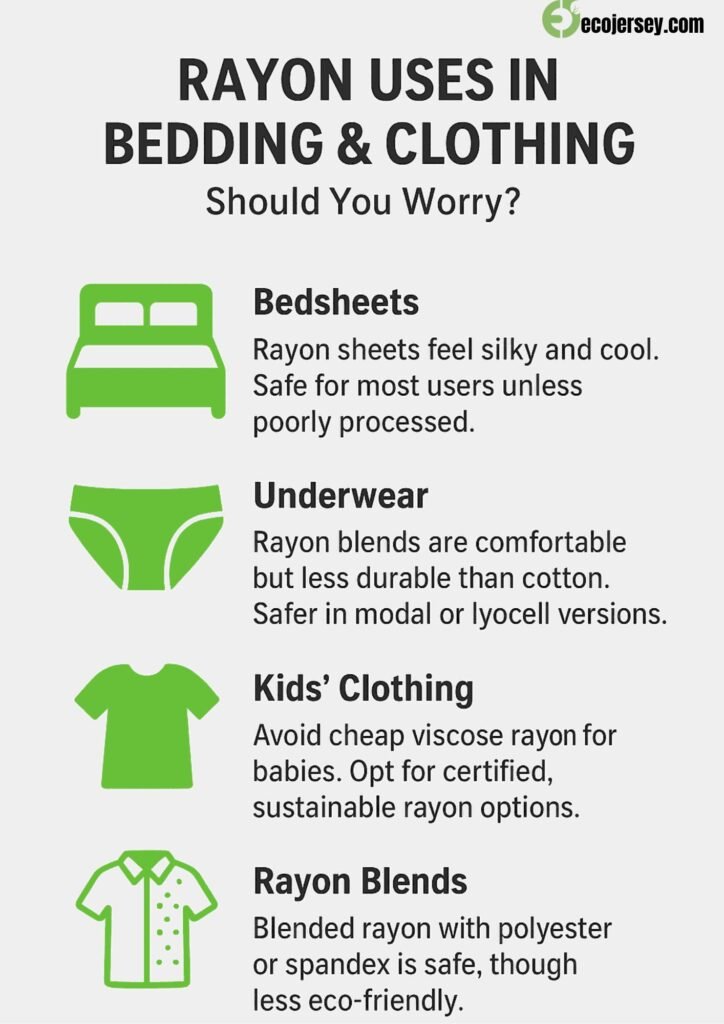
- Bedsheets: Silk bedsheets are cool. Safe to most users except when not processed properly.
- Underwear: Rayon blends are not strong as compared to cotton. In modal or lyocell forms, it is safer.
- Children Clothing: babies should not be put in cheap viscose rayon. Use certified and sustainable rayons.
- Rayon Blends: Blended rayon, either with polyester or spandex, is safe, but less environmentally-friendly.
- When not Ideal: When wet, Rayon becomes weak and can shrink and hence not the best fabric to use in a heavy daily wear.
Safer Alternatives to Toxic Rayon
To avoid the concerns linked with viscose rayon, consider these fabrics:
Organic Cotton (natural)
Organic cotton is a widely used eco alternative that is grown without using artificial pesticides or fertilizers. It involves much less toxic inputs compared with the conventional cotton. Organic farming reduces water pollution although it is a thirsty crop. Cotton fiber is naturally breathable and hypoallergenic. Find organic cotton clothes and bedding with GOTS certification; this means none of it has been treated with formaldehyde or bleached with chlorine.
Linen (flax fiber)
Linen comes from flax plants. It is light, breathable and very biodegradable. Little irrigation and almost no pesticides are required in Flax. The process of linen production is less chemical than mechanical (retting, beating) and therefore has low environmental footprint. The linen cloths are also absorbent thus cool in summer. The disadvantage is that they are easily wrinkled. On the whole, linen is a highly safe and natural material with few chemical issues.
Hemp (natural)
Hemp fiber is powerful and environmental friendly. The plant is sturdy, is in any case resistant to pests and even replenishes the land with nutrients. Hemp is an anti-microbial and breathable fabric. It can be almost chemical-free in case of mechanical processing. (Chemical retting may be practised with some brands, although it is shunned by good manufacturers.) The fibers of hemp become softer with each wash and become much more comfortable. Simply put hemp is tough and breathable with low levels of toxicity.
Lyocell (Tencel™)
Lyocell is also a type of rayon, however, Lyocell is made using a closed-loop solvent process. The solvent employed (NMMO) is non-toxic and 99 percent is re-introduced into the system. This renders lyocell very eco-friendly as compared to viscose. It is also made with sustainable eucalyptus pulp and it uses approximately one-third of the amount of water used in viscose. Lyocell (available as Tencel™) is soft, absorbent and biodegradable – you have the comfort of the rayon minus the chemical drawback. Numerous bamboo products under the Tencel name are actually lyocell, a good news in terms of the planet.
Bamboo Lyocell (Eco-friendly Bamboo)
This is the most environmental-friendly bamboo textile. Bamboo lyocell is produced as any other lyocell, only the pulp is made of the fast growing bamboo plants. It involves the same closed-loop NMMO process and thus uses no toxic CS 2 of bamboo viscose. The outcome is a soft, strong, antibacterial and hypoallergenic fiber. It evaporates water and rests cool in the summer. On the environmental front, bamboo plants grow fast and even purify the air and practically no processing waste is released back to the environment. The only proviso is the price: products made of bamboo lyocell (sheets, towels, clothing) are more expensive. Nevertheless, they are indeed a green, and non-toxic alternative to rayon.
How to Identify Safer Rayon Products
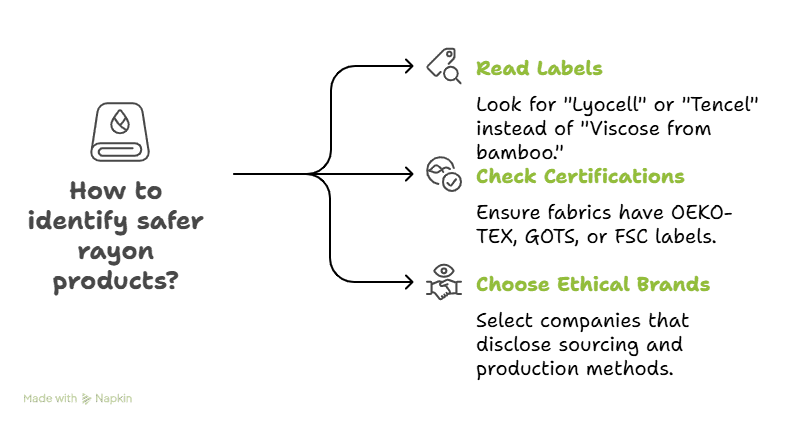
- Read Labels with Attention: “Viscose from bamboo” means rayon and not real bamboo. Search for “Lyocell” or “Tencel.”
- Look for Certifications: OEKO-TEX, GOTS, and FSC certification means the fabric has undergone testing for harmful substances.
- Pick Ethical Brands: Purchase from genuine companies that share their sourcing and production pathways.
Conclusion-
So, is rayon toxic? The straightforward answer is no – rayon itself is not highly toxic when worn and most consumers can safely use rayon clothing and bedding with no direct health risks. The concern lies primarily with the production of viscose rayon, especially the viscose, which employs dangerous chemicals that contaminate the air, water, and soil.
If you want to enjoy rayon softness without the guilt, you can use modal and lyocell (Tencel) which is made using safer methods. These fabrics are just as comfortable and more environmentally friendly. In the end, the aim is to reduce sustainable rayon types to protect workers and workers and environmentally to reduce ethical manufacturing. Mindful fabric choices ensure your comfort while contributing to a healthier planet.
Read More>> About what is rayon fabric?
FAQs
Is rayon safe to wear?
Yes, most people can wear rayon without any issue. The fabric doesn’t retain any toxins after processing, although poorly made rayon can cause a bit of skin irritation for those with very sensitive skin.
Is rayon toxic to babies?
Rayon is not toxic to infants, although their sensitive skin could react adversely. Better alternatives are organic cotton, bamboo lyocell, and lyocell (Tencel). These are breathable, soft, and less chemically processed.
Does rayon release harmful chemicals when washed?
Rayon doesn’t usually wash off any harmful chemicals, but it can contribute to water pollution by shedding microfibers. Gentle cycles can help prolong the life of the rayon fabric and minimize microfiber shedding.
Is rayon better or worse than polyester?
Rayon is softer and more breathable than polyester and more comfortable to wear. Polyester is stronger and more durable long-term. Rayon production is harsher in terms of toxicity, but polyester is more harmful to the environment due to its prolonged presence.
Is rayon eco-friendly?
Viscose rayon is not eco-friendly. Modal is slightly better and lyocell (Tencel) is the cleanest rayon. With closed-loop processing, lyocell provides comfort as well as sustainable, eco-friendly rayon.

